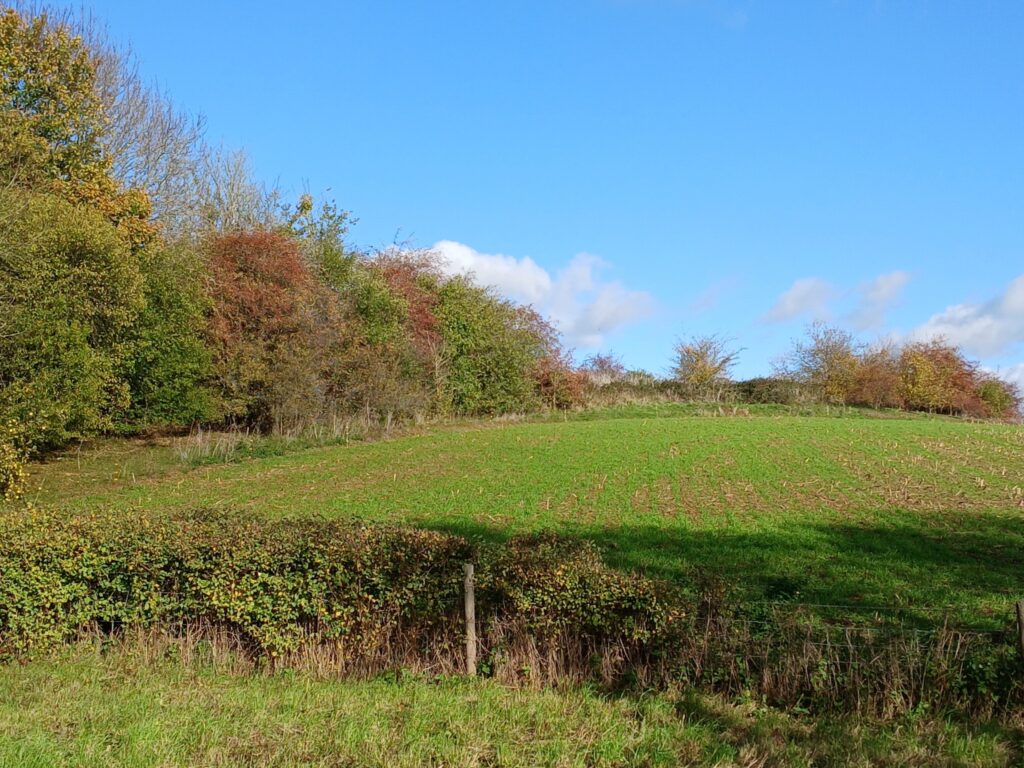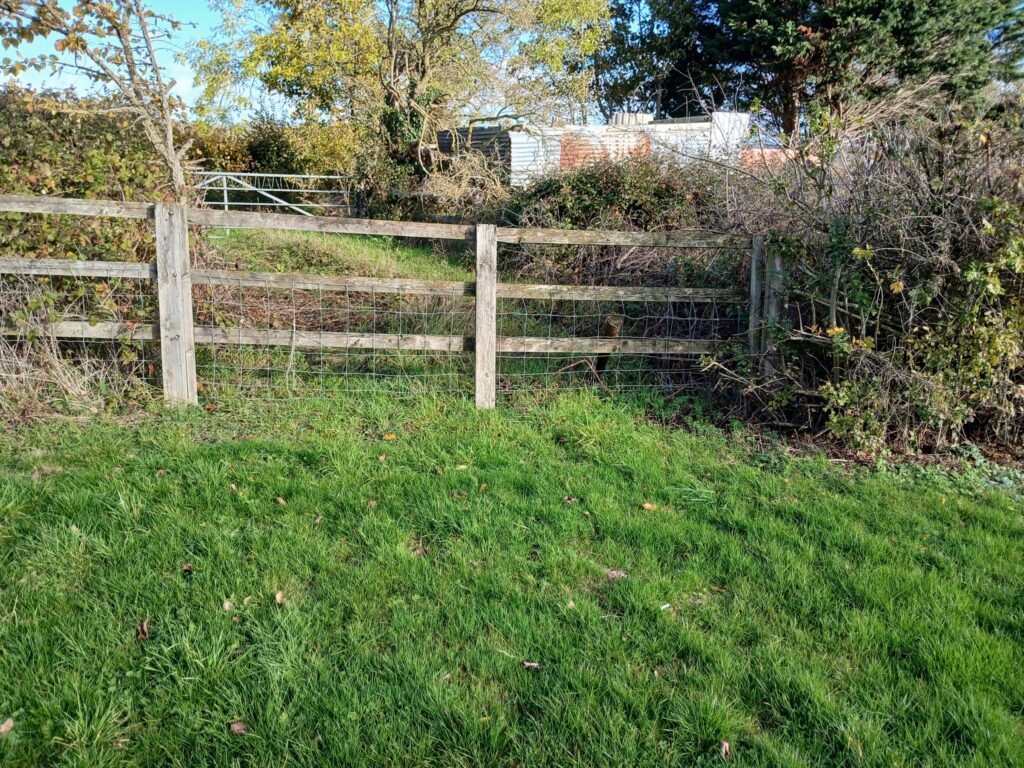EarthWise: Bringing together the wisdom of the Earth found in nature, science, mythology and spirituality


A Quiet Sentinel in the Woods
The hawthorn tree- a quiet sentinel in the woods, until it becomes suddenly noticeable in the autumn with a profusion of deep wine-red berries. The red of the berries is almost a sudden explosion into the vibrant autumn landscape. It captures the eye and the imagination, part of the vivid palette of autumn colour.

But the hawthorn has always been there in the woods, in the countryside, in the landscape, through all four of the seasons. It is subtle– and in places you might not expect to see it.
For before it announces its presence with the eye-catching red berries in the autumn, it is still there. It often forms part of hedgerows, even those that are no longer maintained. It is unobstrusively there, its utilitarian nature in the hedge somehow a contrast to its exuberant announcement of presence in the autumn.
Come along on this EarthWise walk through the landscape to reveal the hawthorn and to see what the hawthorn reveals.
Hedgerows and Fences: the shape of the English landscape

As common place as they seem today, indeed a defining feature of the English countryside, the hedgerow and the fence were not always part of the landscape.
Once upon a time, the landscape was not fenced and barricaded. The fields were open, in use in a seasonal and annual pattern of farming. This was in the medieval days, where there was common and cooperative use of land. Farming was often done in strips. The farming peasants were allocated a piece of land to use in a larger field.
The very name of this system, “the open field system,” speaks to the absence of fences and hedgerows. In this medieval open field system, there was a rotation of the areas used for cultivation. This allowed the renewal and restoration of a farmed area in between the demands on the soil of growing a crop. This quotation from Wikipedia explains this system in more detail: “The typical planting scheme in a three-field system was that barley, oats, or legumes would be planted in one field in the spring, wheat or rye in the second field in the fall and the third field would be left fallow.”
There might be some modern temptation to romanticize this type of arrangement and way of living. It is well worth recalling that those doing the hard work of farming were peasants and perhaps serfs, tied to the land through manorial feudal arrangements. This was not a life they had any space to choose– it simply was what they had to do.
How enclosure changed the rural landscape
This way of life and social structure was not to last. In time, the open field system was replaced with a system where land was divided by fences, with the land to be used not for arable farming, but grazing livestock.
There have been various “enclosure” events throughout the Middle Ages and modern period. However, the death knell for the holding of common land and for the open field system of arable farming was done through a series of Parliamentary Acts “between 1760 and 1870.” Fairlie comments on the scope and impact of the enclosures in this time period: “…about 7 million acres (about one sixth the area of England) were changed, by some 4,000 acts of parliament, from common land to enclosed land…Millions of people had customary and legal access to lands and the basis of an independent livelihood was snatched away from them…”
The hedgerow: a boundary across time
Hedgerows did not originate with these Parliamentary Acts of enclosure. They have a very long history of being part of the way of life and the landscape, dating perhaps back to Neolithic times.
But the proliferation of hedgerows certainly came about as a result of these Acts of enclosure. ‘The History of the Hedgerow’ blog entry by Woodlands Ways Bushcraft Blog explains that: “…200,000 miles of mainly hawthorn hedgerow, much planted in very straight lines” were the result of the enclosure of fields.
Hawthorn in lore and legend
Memory Paterson in her book, “Tree Wisdom,” gives a rich description of the beloved place that the hawthorn holds in English lore: ” No tree is more deeply enshrined in the traditions of the English countryside and the affections of the people.” (page 126).
The Celtic goddess Bloudeuwedd is associated with the hawthorn, also as noted by Memory Paterson.
But the hawthorn also takes center stage in the lore of Christianity. Memory Paterson observes that the iconic Glastonbury Thorn is indeed a hawthorn.
There is much more to explore on the symbolism and folklore of the hawthorn and this will be the subject of future EarthWise blog posts.

Crossing boundaries: liminal spaces in the countryside landscape
At this time of year, the hawthorn is suddenly visible and prominent on the autumn landscape. Having slumbered quietly in earlier parts of the year, it is now a vibrant expression on the landscape. Given the time of year, the shifting into the darker and shorter days of winter, and the place of the hawthorn as a fence, it is worth considering the liminal spaces it occupies both physically and metaphorically.
A liminal space is a threshold. It is a moment of pause before transformation and change from one thing to another. The hawthorn shows us that the hard working utilitarian plant also has a much deeper presence in the landscape across time. It also, at this time of year, invites a pause, a reflection, an exhale of breath, as you contemplate the wonder of its rich red berries.
EarthWise Invitation: Exploring the Hawthorn and Boundaries
There is so much more to explore about the hawthorn and the boundaries it weaves across the landscape. The rich berries announceits presence all at once in the bright and colourful flourish of autumn. But it has a deep presence across time and space, and holds resonance as a liminal space, during a season itself that speaks of pause, change and transformation. Come along for future EarthWise posts on the hawthorn.
